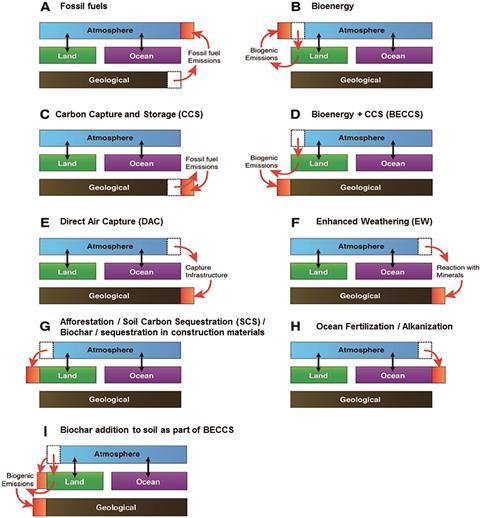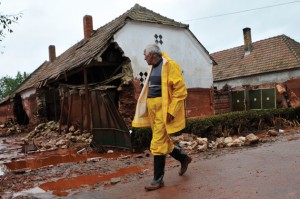Brominated flame retardants found in toys and cup lids
Researchers in Europe have narrowed the search for bad recycling practices that are to blame for some toys and food packaging inadvertently containing banned pollutants.
Manufacturers often incorporate chemicals designed to limit household fires, such as brominated flame retardants, in soft furnishings and electronic devices. However, concerns about brominated flame retardants’, particularly polybrominated diphenyl ethers’, impact on the environment and human health means their use is heavily restricted.

Source: Georgijevic/iStock /Getty Images Plus
Previous studies have already indicated that brominated compounds unintentionally exist in toys and food packaging. The EU recently updated its guidance on recycling and disposal of materials containing polybrominated diphenyl ethers to combat this contamination.
Chromatography combined with mass spectrometry is the standard method to analyse plastics for brominated flame retardants, but this is expensive and time consuming. Now, Stuart Harrad, at the University of Birmingham, and colleagues have shown they can simplify the process by using a handheld x-ray fluorescence spectrometer.
Read the full article in Chemistry World.
A. Guzzonato, F. Puype and S. J. Harrad
Environ. Sci.: Processes Impacts, 2017
DOI: 10.1039/C7EM00160F













 Switching off fans and closing car windows can minimise drivers’ exposure to harmful particles.
Switching off fans and closing car windows can minimise drivers’ exposure to harmful particles.




